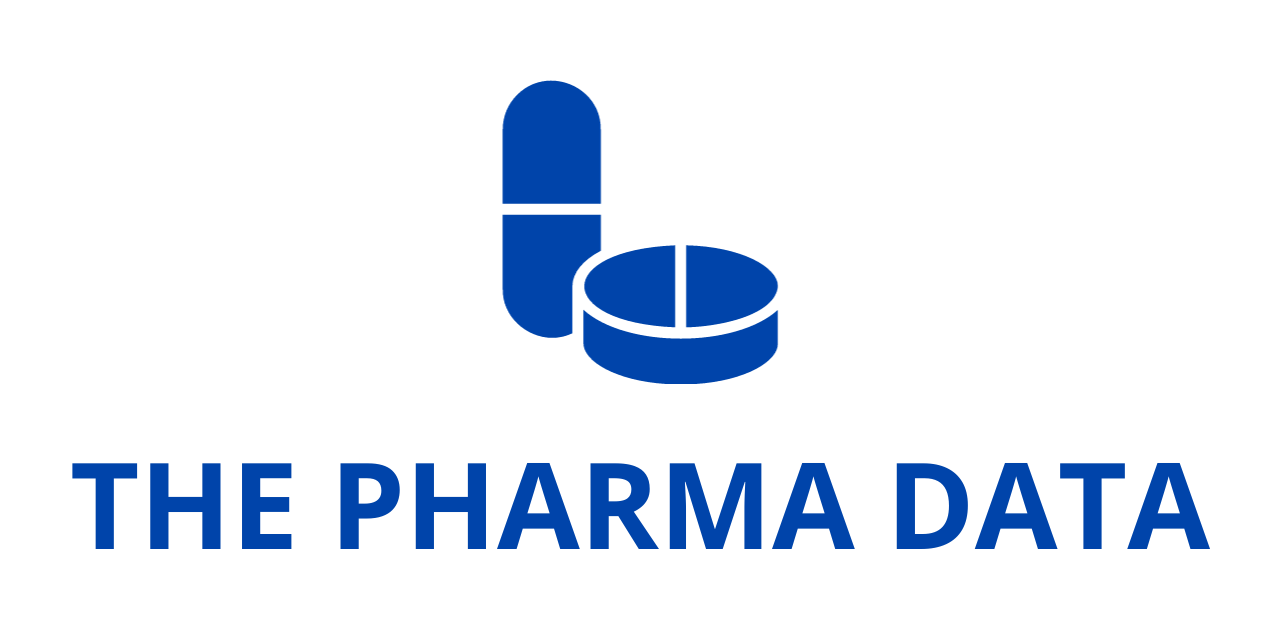
Opna Bio Secures Orphan Drug Designation for OPN-6602 in Multiple Myeloma
Opna Bio, a clinical-stage biopharmaceutical company dedicated to the discovery and development of innovative oncology therapeutics, has announced that the U.S. Food and Drug Administration (FDA) has granted orphan drug designation (ODD) to its investigational drug, OPN-6602, for the treatment of multiple myeloma (MM). OPN-6602 is an oral, small molecule inhibitor targeting the E1A binding protein (EP300) and CREB-binding protein (CBP). The drug is currently being evaluated in a Phase 1 clinical trial involving patients with relapsed or refractory multiple myeloma.
“We are pleased to have received ODD for OPN-6602 for the treatment of multiple myeloma, a further validation of the drug’s therapeutic potential in patients with this disease who have limited treatment options once they have relapsed,” stated Gideon Bollag, PhD, Chief Scientific Officer of Opna Bio.
Understanding Multiple Myeloma
Multiple myeloma is a rare and aggressive hematologic malignancy characterized by the uncontrolled proliferation of plasma cells in the bone marrow. The disease can cause severe complications such as bone destruction, kidney dysfunction, anemia, and immune suppression. Despite advances in treatment, multiple myeloma remains incurable, and many patients ultimately experience disease relapse or become resistant to available therapies.
The disease is more common in older adults, with the median age of diagnosis being approximately 69 years. While several therapeutic options, including proteasome inhibitors, immunomodulatory drugs, monoclonal antibodies, and CAR-T cell therapies, have improved patient outcomes, relapsed or refractory multiple myeloma (RRMM) remains a significant clinical challenge. Patients with advanced disease often have few treatment alternatives, underscoring the urgent need for novel and effective therapeutic strategies.

The Significance of Orphan Drug Designation
The FDA grants orphan drug designation to therapies intended to treat rare diseases affecting fewer than 200,000 people in the United States. The designation provides several regulatory and financial incentives to facilitate the development of promising treatments for rare conditions. These benefits include:
- Tax credits for clinical trial expenses
- Waivers of certain FDA fees
- Eligibility for seven years of market exclusivity upon regulatory approval
These incentives help accelerate drug development and encourage investment in therapies for diseases with high unmet medical needs. By obtaining orphan drug designation, Opna Bio is poised to advance OPN-6602 through clinical development more efficiently and bring a potential new therapy to multiple myeloma patients who need it most.
Scientific Rationale and Mechanism of Action
OPN-6602 is a first-in-class, orally administered small molecule that selectively inhibits the bromodomains of EP300 and CBP, two key transcriptional coactivators involved in the regulation of genes critical for multiple myeloma cell survival and proliferation.
Preclinical studies have demonstrated that EP300 and CBP play essential roles in the progression of multiple myeloma by modulating oncogenic signaling pathways, including MYC-driven transcriptional programs. MYC is a well-known driver of multiple myeloma, and targeting its upstream regulators presents a promising therapeutic strategy. OPN-6602’s ability to inhibit these key proteins may disrupt multiple myeloma cell growth and survival while potentially enhancing the efficacy of existing standard-of-care treatments.
Preclinical and Early Clinical Data
At the American Society of Hematology (ASH) meeting in December 2024, Opna Bio presented compelling preclinical data demonstrating OPN-6602’s ability to suppress tumor growth in human-derived multiple myeloma models. The drug effectively downregulated key MM-driving genes, leading to decreased proliferation of malignant plasma cells.
Additionally, studies have shown that OPN-6602 exhibits synergistic effects when combined with established multiple myeloma therapies, including dexamethasone, pomalidomide, and mezigdomide. This combination potential suggests that OPN-6602 could be integrated into existing treatment regimens to improve patient outcomes.
Another key feature of OPN-6602 is its distinct pharmacokinetic profile, which enables continuous daily dosing. This could potentially reduce toxicity levels and improve treatment tolerability compared to intermittent dosing schedules, which are often associated with higher incidences of adverse effects.
Clinical Development and Future Outlook
Opna Bio has initiated a Phase 1 clinical trial (NCT06433947) to evaluate the safety, tolerability, and preliminary efficacy of OPN-6602 in patients with relapsed or refractory multiple myeloma. The trial is being conducted at multiple clinical sites across the United States and follows a dose-escalation study design to determine the optimal therapeutic dose.
The company anticipates completing the single-agent, dose-escalation phase of the trial in 2026. If successful, Opna Bio plans to expand the development of OPN-6602 into combination studies with existing multiple myeloma therapies. The ultimate goal is to establish OPN-6602 as a key component of next-generation treatment regimens for patients with RRMM.
The Broader Impact on Oncology Drug Development
The approval of orphan drug designation for OPN-6602 highlights the growing focus on epigenetic regulation as a therapeutic target in oncology. EP300 and CBP inhibitors represent a novel class of anti-cancer agents that may have applications beyond multiple myeloma, potentially benefiting patients with other hematologic malignancies and solid tumors.
Opna Bio’s research efforts align with a broader industry trend toward personalized and targeted therapies that leverage specific molecular vulnerabilities in cancer cells. The success of OPN-6602 in multiple myeloma could pave the way for further Opna exploration of EP300/CBP inhibition in other cancers characterized by dysregulated transcriptional activity.




